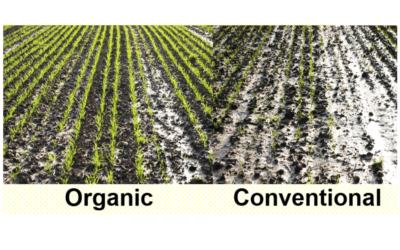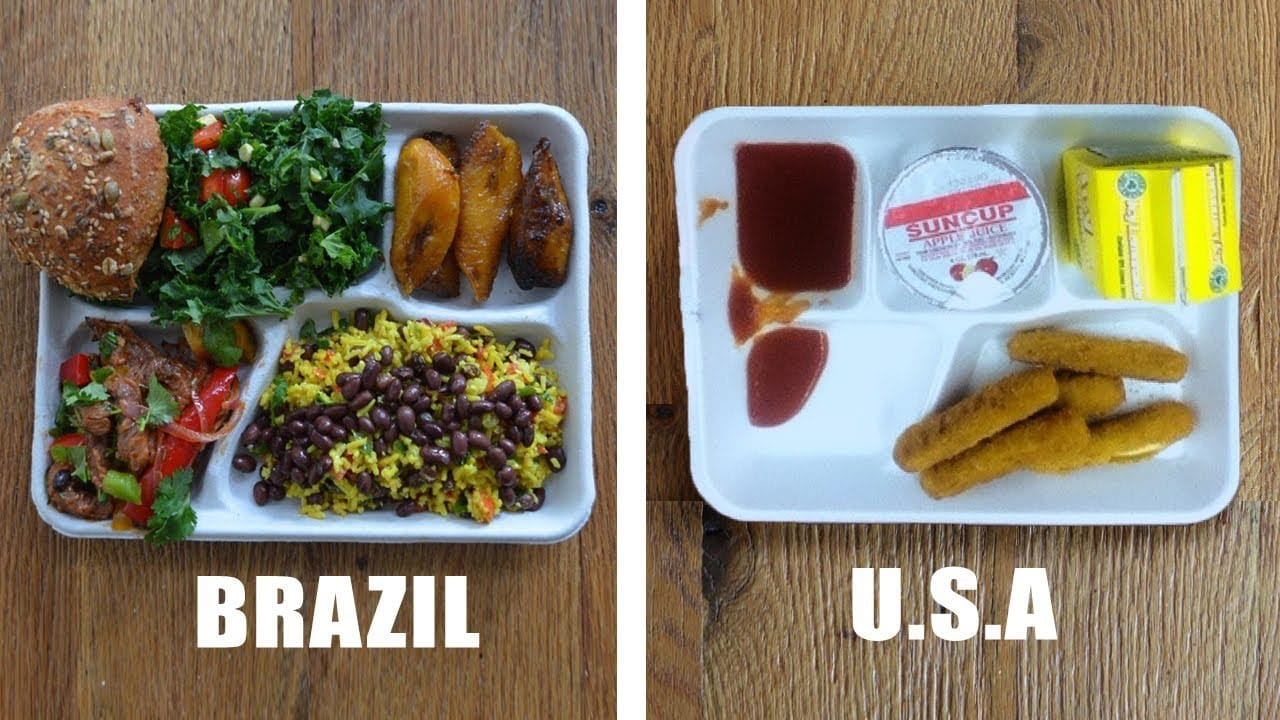GMO Information

Same Old Song and Dance: Congress Plays Cover for Pesticides Again
IN MEMORIUM This article is dedicated to the loving memory of Ben Honeycutt, whose life and legacy continue to inspire truth and healing. Why is a physician writing about pesticide industry liability shields and the failure to label GMOs?Because after decades of treating chronically ill children, I’ve learned to follow the trail back to the source and it doesn’t lead to genetics, my uncanny brilliance at diagnosis, or just plain bad luck. It leads to policy. These aren’t isolated issues;...

Medical Genetic Engineering and Our Children’s Safety
As a pediatrician and advocate for children's health, I recognize that gene therapies for rare conditions like spinal muscular atrophy or Duchenne muscular dystrophy are often held up as evidence of the promise of genetic engineering. While some of these therapies have shown potential in some rare clinical conditions, they do not justify the uncontrolled expansion of genetic manipulation across medicine, agriculture, and biotechnology. These technologies remain largely experimental, with...
There Is No Need For GMO Maize: Regenerative Organic Agriculture Produces Higher Yields
RHI Advisor, Dr. Andre Leu, takes a deep dive into organic agriculture via a risk/benefits analysis, with a nod to Mexico’s cutting edge stance on phasing out glyphosate and imported GMOs. An overview of the harm from chemical farming with a focus on children’s health and development is discussed and referenced.
New Study Reveals: What’s in Our Kids’ School Lunches?
GMOScience Team Oct. 2022 At-A-Glance Moms Across America (MAA) tested American school lunch samples to determine their levels of toxicity and nutrition MAA tested school lunches for glyphosate, pesticides, heavy metals, veterinary hormones, and nutrients and minerals...
What’s Making the Amish Children Sick?
Michelle Perro, MD, Executive Director, GMOScience October 2022 At-A-Glance A recent visit and conference with members of the Amish community in central Pennsylvania revealed surprising health challenges facing Amish childrenI spent time researching and discussing...
Bt and GMOs
Introduced into our food supply without study or accountability, limited data shows significant evidence of inflammation and health harm.
7 ways to instill healthier eating habits in your kids—and why it matters
Eating a whole-food organic diet, free from processed foods, is imperative in creating a healthy internal milieu for your child and family members. These habits create life-long excellence in decision making regarding food preparation and choices, especially when the birds leave the nest.
Well Being: Organic Food
Dr. Robert Malone, physician scientist, and inventor of the mRNA technology presently being promoted, once a self-proclaimed skeptic of organic food consumption, does an 180 degree about-face and shares a thorough and thoughtful analysis on why glyphosate-based herbicides are harmful to our health



